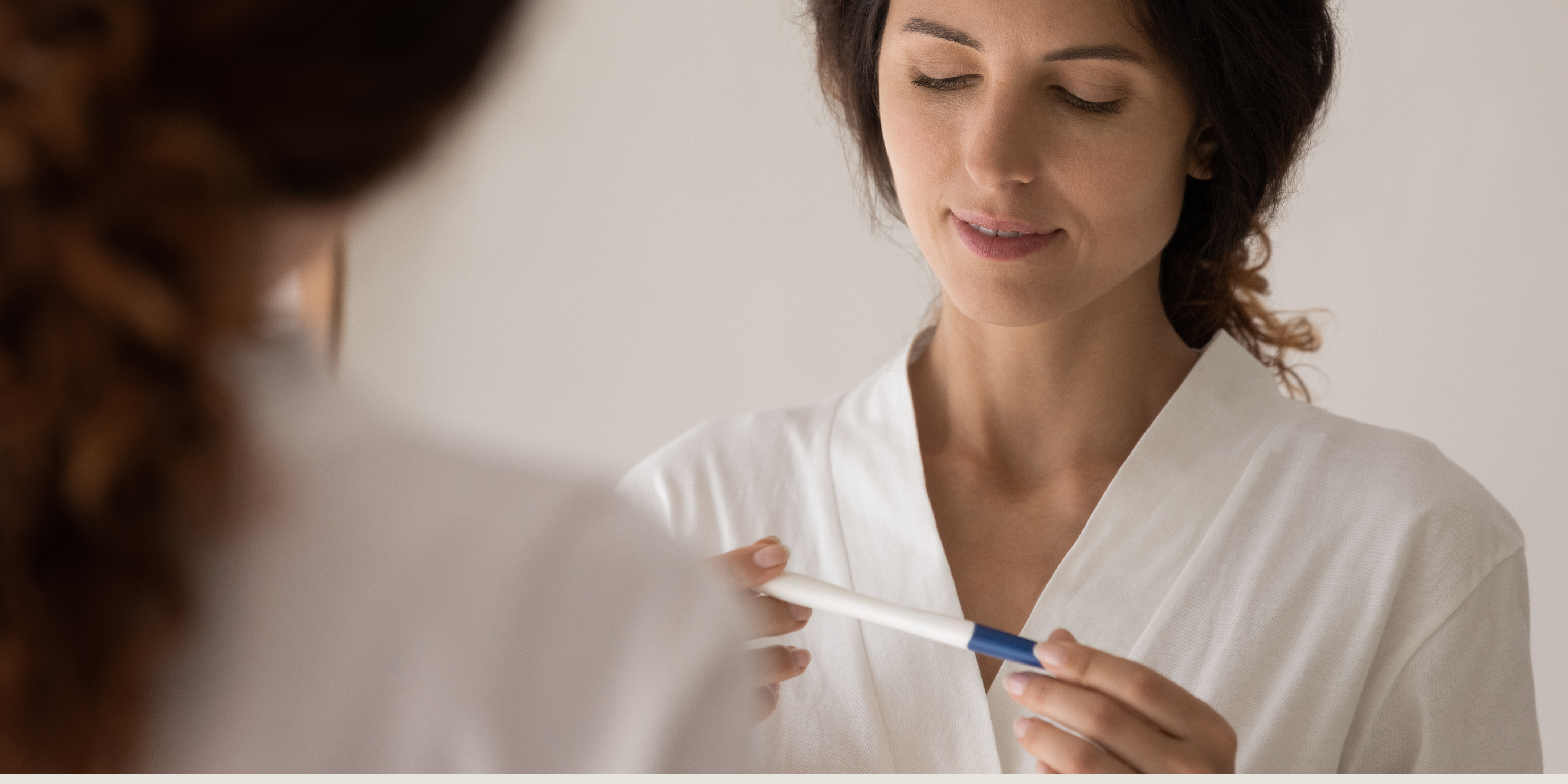From FSH to LH, tracking cycles and dates – we know that understanding ovulation and how it works can be confusing. However it is so important to understand your own body to help increase your chances of pregnancy. We have put together the key facts you need to know about ovulation.
WHAT IS OVULATION?
First things first – Ovulation is a part of your menstrual cycle and occurs when an egg is released from your ovaries. When you’re trying for a baby, your egg may or may not be fertilised by sperm. If it fertilised then the egg may travel to the uterus and implant itself to develop into a pregnancy whereas, if it isn’t, then the egg will disintegrate and will be shed during your period.
WHEN DOES IT HAPPEN?
This can differ from woman to woman and the exact timing isn’t always the same for everyone. Typically, ovulation will happen around day-14 of a 28-day menstrual cycle. However, not everyone has a ‘typical’ 28-day cycle and then their ovulation will differ. If you are trying to work out when ovulation happens, in general, it will occur in the four days before or four days after your cycle’s midpoint.
HOW LONG DOES IT LAST?
The ovulation process begins when your body releases a follicle-stimulating hormone (FSH), this usually happens between the 6th and 14th day of your menstrual cycle. This hormone helps the eggs inside your ovary to mature in preparation to be released later. Once the egg is mature then your body will release another hormone, the luteinizing hormone (LH), this triggers the egg’s release and ovulation then happens in the 28 to 36 hours after the LH surge.
WILL I HAVE ANY SYMPTOMS?
Not everyone experiences symptoms with ovulation, but if you do then they are usually the same as the symptoms you expect on the lead up to your period. Some women may experience symptoms including breast tenderness, bloating and mild tummy pain when they’re ovulating but, these are not a reliable way of predicting ovulation. The NHS suggests that symptoms such as wetter, clearer and more slippery cervical mucus and also a small rise in body temperature detected with a thermometer are better ways to work out when you ovulate.
IS OVULATION THE ONLY TIME I CAN GET PREGNANT?
Many people believe this to be true but it isn’t. Yes, the egg you release can only be fertilised 12 to 24 hours after it is released but, sperm can live in your body for up to 5 days. This means that if you have sex in the days leading up to ovulation, you may still become pregnant. This is why you should never rely on tracking ovulation as a form of contraception.
CAN I TRACK OVULATION?
There are so many different ways available to track ovulation. The most accurate way to confirm ovulation is by visiting your doctors for an ultrasound or hormonal blood tests, however, there are also lots of ways that you can track your ovulation at home. Some people choose to use basal body temperature charting, ovulation predictor kits and fertility monitors which are all available to purchase over the counter at a pharmacy. But, the most commonly used way to track ovulation is with a simple online ovulation calculator and calendar.
USING AN OVULATION CALCULATOR
Tracking your cycle can help with fertility. To give you the best chance of getting pregnant, our ovulation calculator tells you when you’re most likely to be fertile.

